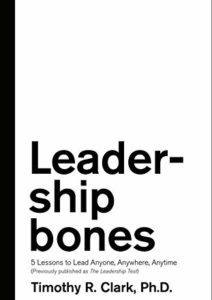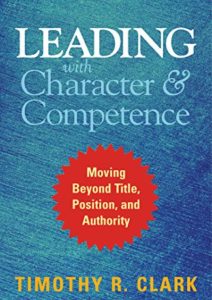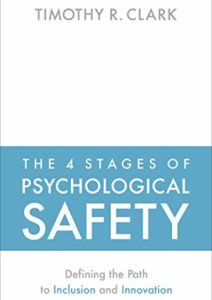Inclusivity and Innovation in an Organization
There are two big obstacles in organizations, and they’re quite related to each other. One of the struggles is that we aren’t creating organizations that are truly inclusive. The other struggle is that we are not being innovative enough.
Innovation and Inclusivity
Inclusion means that we are not making arbitrary decisions about others. It means clearing the deck of assumptions. Saying that all it takes to be included is to be human. You don’t get to regard others with a thread of harm. We throw an enormous amount of attention and resources at the inclusivity problem in organizations, but many companies still struggle with being inclusive. There are four stages of psychological safety, which run from inclusion safety, where someone feels as if they fit in, up to challenger safety, which is where the person can challenge the status quo. Innovation is the other challenge that we keep repeatedly running into, and much of that is related to culture.
Barriers to Inclusivity and Culture
If you sampled a variety of different leaders on how inclusive their organizations are, they’d probably say, “yes! Of course, we are inclusive!” But if you talked to the employees and the rest of the people working in the organization, you’d probably find that there are a lot of people who can’t engage fully. This perception gap is called by the people at the top speaking for the rest of the organization. When they really don’t truly understand how non-inclusive their organization can be. Unaware leadership is the first barrier to inclusivity. Another barrier is that inclusivity and psychological safety are measured to a degree. It is not about if you have it or don’t, but rather at what point and how much.
Building an Inclusive Culture
In order to build an inclusive culture, you must lay the foundation. This foundation is inclusion safety, where everyone feels as if they can fit into the group or the organization at large. To make this happen, you have to go back and look at the values and prevailing norms of the organization. Inclusion safety stays that worth precedes worthiness. In essence, this means that inclusion safety, or the right to inclusion, is a basic human need. It’s not earned, it’s owed. The first step to an inclusive culture is identifying any areas where this isn’t the case, doing a comprehensive audit of the organization, finding out what is getting in the way of inclusion, and removing them.




















































Comments